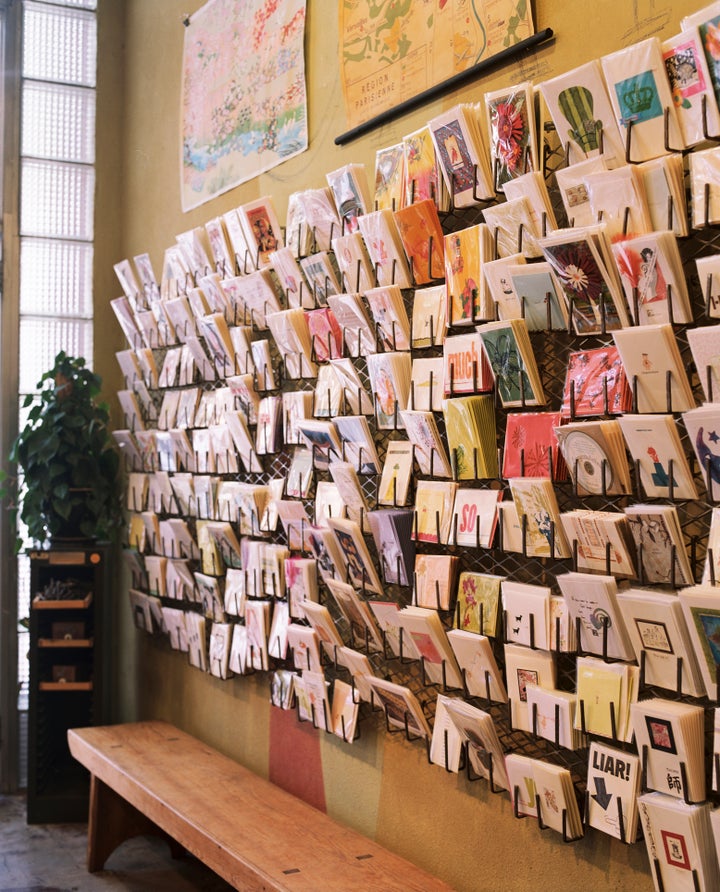
As we know all too well, our utility bills, petrol and the price of food have all increased as the cost of living crisis continues.
The impact of rising energy costs and the war in Ukraine continue to trickle into retail prices, according to the BRC-NielsenIQ Shop Price Index. And it doesn’t look like these prices will decrease soon.
Shop price annual inflation accelerated to 2.7% in April, up from 2.1% in March and soaring beyond the 12 and six-month average increases of 0.4% and 1.5%, according to the index.
In April, food inflation accelerated to 3.5%, which was an increase from 3.3% in March, although fresh food inflation slowed slightly from 3.5% last month to 3.4% in April amid fierce competition between supermarkets which resisted price hikes on everyday essentials.
“Retailers will continue to do all they can to keep prices down and deliver value for their customers by limiting price rises and expanding their value ranges,” said British Retail Consortium chief executive Helen Dickinson.
“But this will put pressure on them to find cost-savings elsewhere. Unfortunately, customers should brace themselves for further price rises and a bumpy road ahead.”
Sadly, we’re going to see an increase on more products outside of gas, food and electricity. These include:
1. Greetings cards
2. Books
3. Furniture
4. Electrical goods
5. Stationery
6. Non-alcoholic drinks
The cost of raw materials is rising for books, greeting cards and stationery.
Vicky Ellis, sales director at Clays, which prints 150 million books per year, told the Times raw material prices for things like paper have risen by an average of 39%.
The Card Factory also recently revealed prices have gone up for its greetings cards as inflation hits.
The company said inflationary pressures have seen card prices already rising and higher price points are expected to last throughout the year.
“As previously guided in January, the board expects significant inflationary headwinds to continue through (the current financial year),” The Card Factory said.
And according to the British Retail Consortium, furniture, electricals and books have seen the highest rate of inflation since records began in 2006, accelerating to 2.2% in April from 1.5% in March. Prices have been exacerbated by disruption at the world’s largest seaport, following Shanghai’s recent lockdown.
“For the ‘durable’ goods category, books, stationary and home entertainment saw the biggest increases on the month – but the inflation here was predominantly driven by surging prices for books,” senior communications executive at British Retail Consortium Lara Conradie tells HuffPost.
“Furniture and flooring also saw notable price increases.”
Among non-fresh foods, Conradie says April price increases have “particularly emerged from non-alcoholic beverages”.
Other food products showing the fastest rates of price growth are oils and fats, dairy products and more recently, vegetables.
“Inflation shows no signs of abating,” adds Mike Watkins, head of retailer and business insight at NielsenIQ. “The increase in non-food prices is an extra challenge for the high street as fragile consumer confidence and rising living costs are likely to negatively affect consumer spending.”